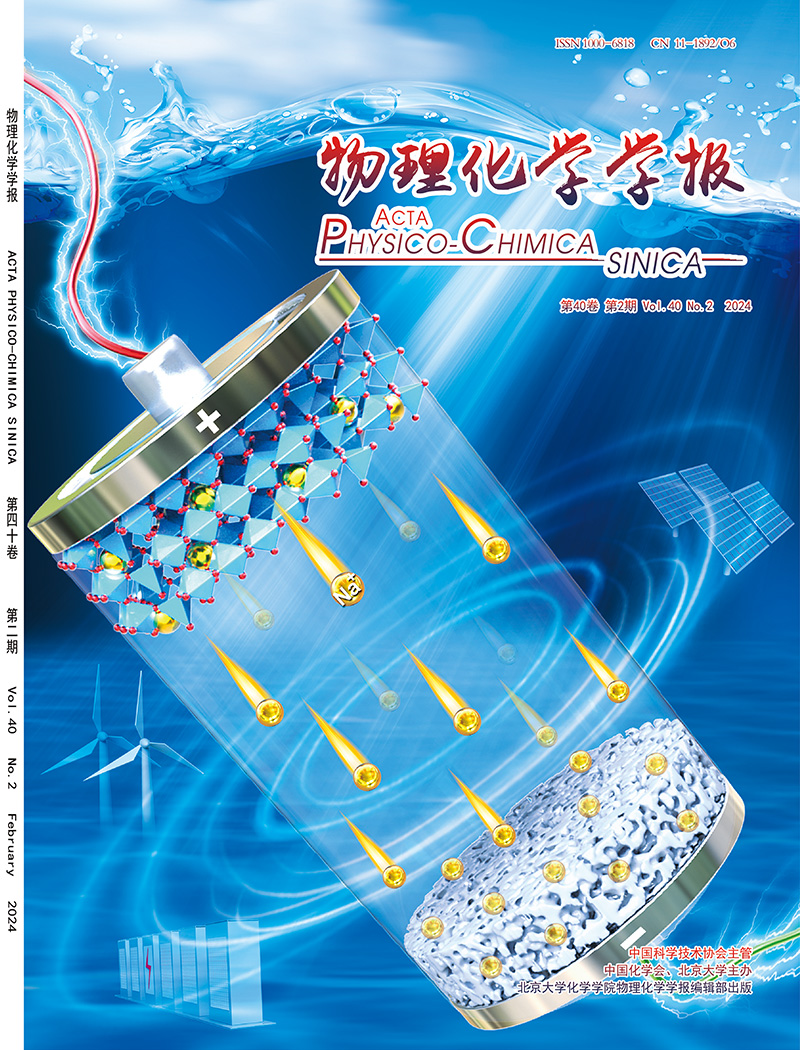Interfacial electrical double layer in electrocatalytic reactions: Fundamentals, characterizations and applications
IF 10.8
2区 化学
Q1 CHEMISTRY, PHYSICAL
引用次数: 0
Abstract
The interfacial electrical double layer (EDL) is the interfacial space filled with a complex and dynamic reaction network formed by catalyst's surface atoms, reactants, intermediates, products, solvent molecules, ions, and other components. EDL has a profound impact on electrocatalytic reactions, affecting both the thermodynamics and kinetics of these processes. Manipulating the composition and structure of the EDL microenvironment sets an additional level of tuning toward the electrocatalysis, to the traditional catalyst optimization. It resembles the delicate manipulation of the environment around the active sites by protein scaffold in enzymes. However, the rational optimization of the EDL demands a deep understanding of its structure and dynamics. Problems lie in the complexities of interfacial EDL, which include complicated multi-body interactions, few molecular-level characterization techniques, and scarce EDL modification strategies.
In this tutorial, we delve into the intricacies of the interfacial EDL in electrocatalytic reactions and seek to provide those who are new to this field a thorough summary of the theory, characterization, history, recent progress within the regime of EDL for electrocatalysis. We begin by discussing the theoretical models that describe the structure and properties of EDL, including 4 classical EDL models, their applications in electrocatalytic analysis and modifications, and relevant calculation modulation methods. These models are arranged chronologically, such that a historical summary of how the EDL theory evolves from simple models to complicated details is provided. We then provide an overview of cutting-edge techniques in electrochemical measurement methods, in situ spectroscopic characterization techniques, and scanning probe microscopy methods. Specifically, we aim to summarize the advantages and disadvantages of each technique, with an emphasis on their capability of probing the EDL region. The summary table can provide junior students with a quick overview and a useful tool for selecting the appropriate techniques toward addressing the EDL properties for electrocatalysis. Furthermore, by combining the theory and characterization techniques, we list several pivotal studies from the past five years emphasizing the “electrode side interfacial modification” approach and the “solution side interfacial modification” approach, toward modulating the EDL to optimize the electrocatalytic properties. These examples not only show the recent progress in this field and offer fundamental details about how researchers in this field address the problems from the aspect of EDL. With these combined theory, characterization and research samples, we hope that the newcomers can gain interest in this field, sense the enormous opportunities and understand the general principles of EDL toward electrocatalysis.

电催化反应中的界面双电层:基本原理、表征及应用
界面双电层(EDL)是由催化剂表面原子、反应物、中间体、产物、溶剂分子、离子等组成的复杂动态反应网络所填充的界面空间。EDL对电催化反应有着深远的影响,影响着这些过程的热力学和动力学。控制EDL微环境的组成和结构,为电催化和传统催化剂优化设置了一个额外的调整水平。它类似于酶中蛋白质支架对活性位点周围环境的精细操纵。然而,对EDL的合理优化需要对其结构和动力学有深入的了解。问题在于界面EDL的复杂性,包括复杂的多体相互作用,较少的分子水平表征技术和缺乏EDL修饰策略。在本教程中,我们深入研究了电催化反应中界面EDL的复杂性,并试图为那些刚进入这一领域的人提供关于电催化中EDL的理论、表征、历史和最新进展的全面总结。本文首先讨论了描述EDL结构和性质的理论模型,包括4种经典的EDL模型,它们在电催化分析和修饰中的应用,以及相关的计算调制方法。这些模型按时间顺序排列,以便提供EDL理论如何从简单模型发展到复杂细节的历史总结。然后,我们概述了电化学测量方法,原位光谱表征技术和扫描探针显微镜方法的前沿技术。具体来说,我们的目标是总结每种技术的优点和缺点,重点是它们探测EDL区域的能力。总结表可以为初中生提供一个快速的概述,并为选择适当的技术来解决电催化的EDL性质提供一个有用的工具。此外,通过理论和表征技术的结合,我们列出了过去五年来强调“电极侧界面修饰”方法和“溶液侧界面修饰”方法的几个关键研究,以调节EDL以优化电催化性能。这些例子不仅展示了该领域的最新进展,而且提供了该领域研究人员如何从EDL方面解决问题的基本细节。通过这些理论、表征和研究样本的结合,我们希望新人能够对这一领域产生兴趣,感受到巨大的机会,并了解EDL在电催化方面的一般原理。
本文章由计算机程序翻译,如有差异,请以英文原文为准。
求助全文
约1分钟内获得全文
求助全文

 求助内容:
求助内容: 应助结果提醒方式:
应助结果提醒方式:


